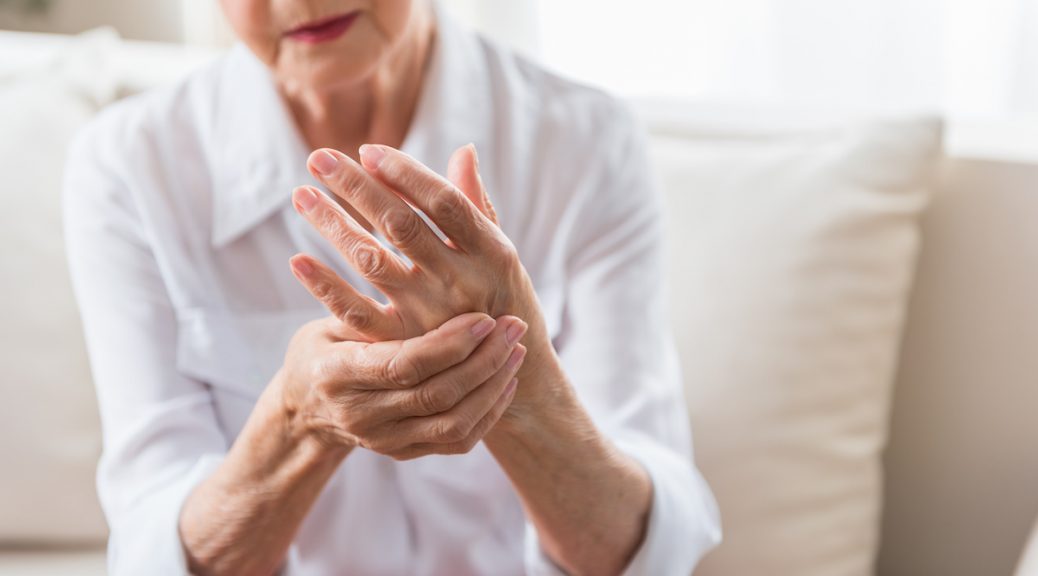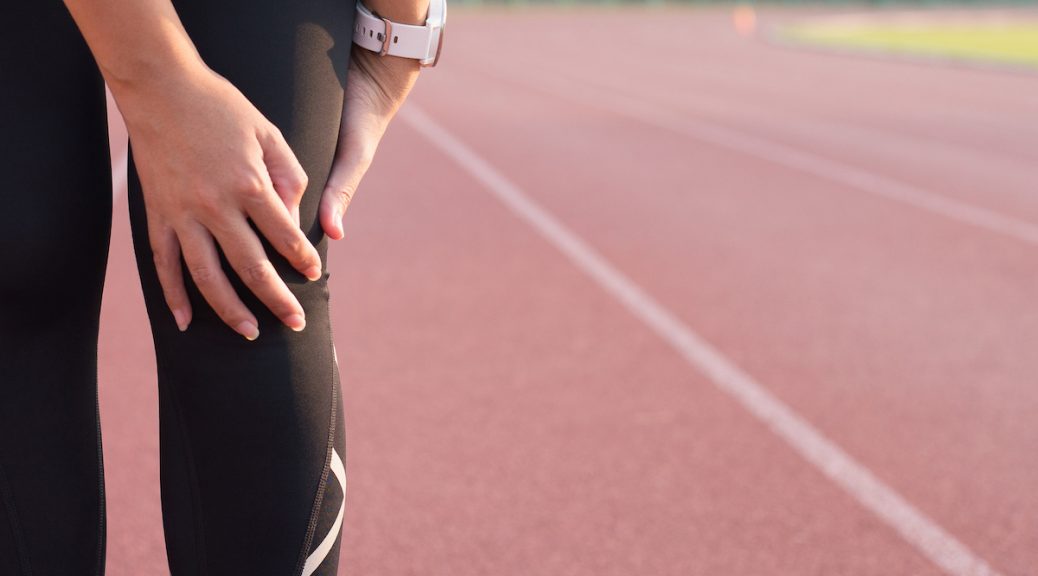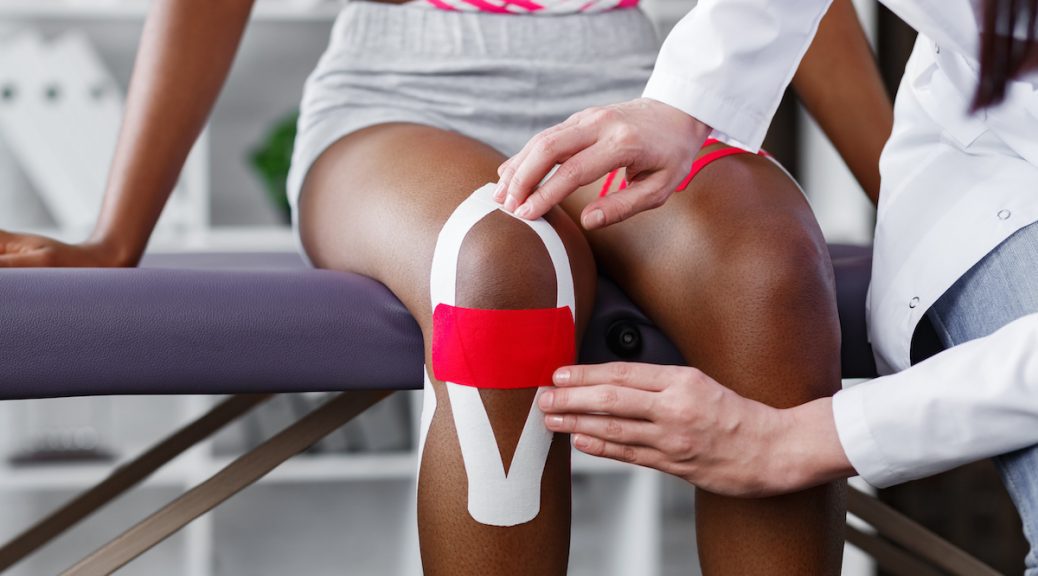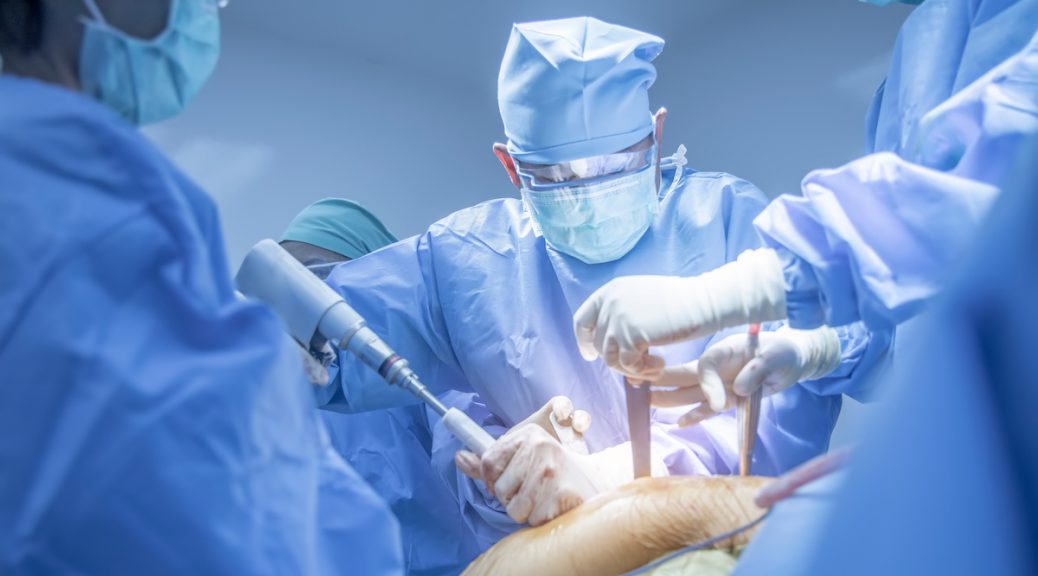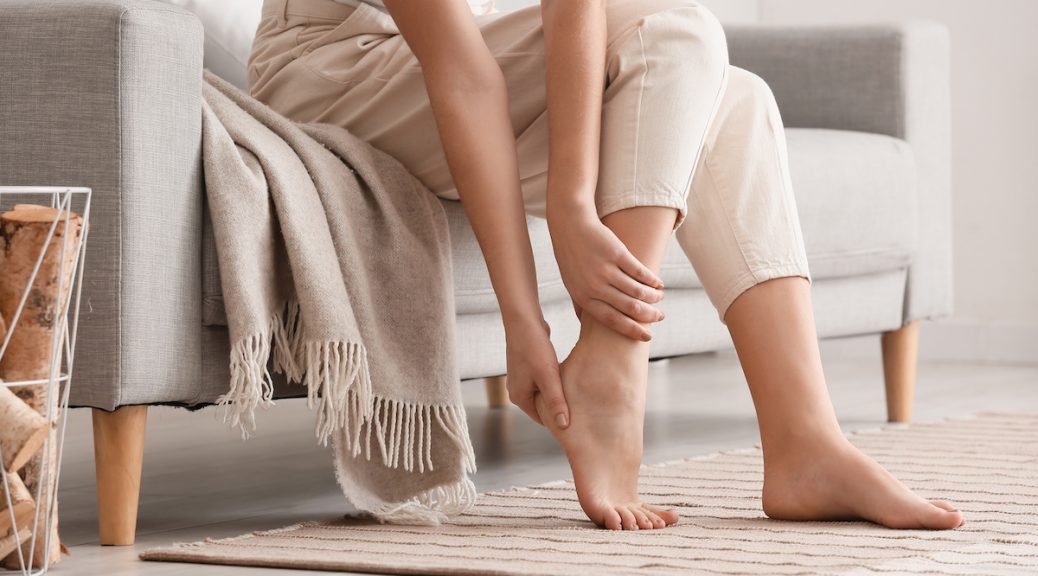Preparing for orthopedic surgery can be a significant event in your life, and it’s essential to approach it with careful planning and diligence. Whether you’re undergoing a joint replacement, spinal surgery, or any other orthopedic procedure, proper preparation can enhance your overall experience and contribute to a successful outcome.
At Paris Orthopedics, we ensure you have a comfortable experience, even with surgery. Here are some valuable tips to help you prepare for orthopedic surgery.
Choose the Right Surgeon
Research and select an experienced orthopedic surgeon specializing in the specific procedure you need. Look for a hospital with a good reputation for orthopedic care and a track record of successful surgeries. This can give you peace of mind going into the surgery, knowing you are working with a surgeon you can trust.
Understand the Procedure
Take the time to understand the surgery you’ll be undergoing thoroughly. Ask your surgeon about the procedure, potential risks, expected outcomes, and the recovery process. Having a clear understanding will alleviate anxiety and help you make informed decisions.
Maintain Open Communication
Keep an open line of communication with your surgeon and healthcare team. Inform them about any medical conditions, allergies, medications, or supplements you are taking. Honest communication is vital to ensure your safety during surgery.
Pre-operative Testing
Your surgeon may order specific pre-operative tests to assess your overall health and identify any potential risks. These tests may include blood work, X-rays, and an electrocardiogram (ECG). Follow your surgeon’s instructions regarding these tests.
Get in Good Physical Shape
Before surgery, improve your physical fitness to the best of your ability. Engage in exercises your surgeon approves of, focusing on strengthening the muscles around the surgical site. This can aid in your post-operative recovery.
Quit Smoking and Limit Alcohol
Smoking and excessive alcohol consumption can impair healing and increase the risk of complications. Quit smoking and limit alcohol intake at least several weeks before the surgery. There are many resources for you to learn more about the effects of smoking and alcohol on the body, especially during recovery.
Adjust Medications
Some medications, such as blood thinners, may need to be adjusted or temporarily stopped before surgery. Follow your surgeon’s guidelines regarding medication management.
Arrange Support
Plan for support during your recovery period. Arrange for a friend or family member to accompany you on the day of surgery and help you during the initial post-operative period.
Prepare Your Home
Make your home post-surgery friendly. Create a comfortable recovery space with easy access to essential items. Consider installing grab bars, removing trip hazards, and ensuring everything is within reach.
Follow Pre-Operative Fasting Instructions
Your surgeon will likely provide fasting instructions before surgery. Follow these guidelines carefully to avoid complications during the procedure.
Prepare for Post-Operative Care
Discuss the post-operative care plan with your surgeon. Understand what to expect during the recovery period and how long it will take to resume daily activities.
Plan Transportation
Arrange for transportation to and from the hospital on the day of surgery. You won’t be able to drive immediately after the procedure.
Practice Relaxation Techniques
Reducing anxiety before surgery can be beneficial. Practice relaxation techniques, such as meditation or deep breathing exercises, to help manage stress.
Follow Pre-Operative Hygiene
Shower with an antibacterial soap the night before and the morning of the surgery to reduce the risk of infection. Your doctor will provide plenty of information regarding post-operative care, including how to stay clean and keep the surgical area clean.
Pack Thoughtfully
If you need to stay overnight in the hospital, pack essential items like comfortable clothing, toiletries, and any personal items to help you feel more at ease. This can be helpful to do days prior to the surgery to ensure you do not forget anything.
Work With Paris Orthopedics
Following these tips can prepare you physically and mentally for your orthopedic surgery. Remember to maintain a positive outlook and trust your medical team’s expertise, contributing to a smoother recovery process. Your active participation in the preparation process will empower you to take charge of your health and enhance your overall surgical experience. Do you have questions about orthopedic surgery? Our team can help! Contact Paris Orthopedics for more information

